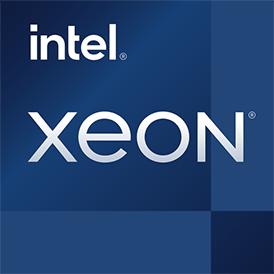 Estimated results for PassMark CPU Mark
Estimated results for PassMark CPU Mark
|
|
AMD EPYC 7272
12C 24T @ 2.9 GHz
|
25571
|
|
|
Intel Xeon E-2278G
8C 16T @ 3.4 GHz
|
16989
|
 Geekbench 5, 64bit (Multi-Core)
Geekbench 5, 64bit (Multi-Core)
|
|
AMD EPYC 7272
12C 24T @ 2.9 GHz
|
11189
|
|
|
Intel Xeon E-2278G
8C 16T @ 3.4 GHz
|
8114
|
 Geekbench 5, 64bit (Single-Core)
Geekbench 5, 64bit (Single-Core)
|
|
Intel Xeon E-2278G
8C 16T @ 3.4 GHz
|
1314
|
|
|
AMD EPYC 7272
12C 24T @ 2.9 GHz
|
1007
|
 Cinebench R20 (Single-Core)
Cinebench R20 (Single-Core)
|
|
Intel Xeon E-2278G
8C 16T @ 3.4 GHz
|
518
|
|
|
AMD EPYC 7272
12C 24T @ 2.9 GHz
|
373
|

